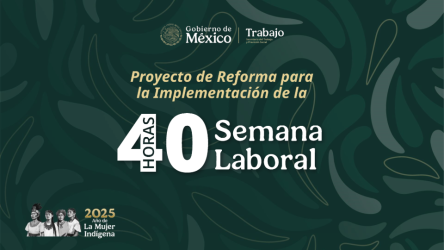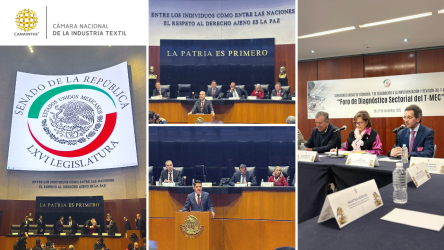WASHINGTON, DC – Holiday spending in 2016 is expected to reach its highest point since the Great Recession, increasing 10 percent compared to last year. So, what can consumers do if they want to buy American-made clothing and home furnishings when they do not see a “Made in USA” label on the product?
“Consumers have been taught since as far back as the Wool Products Act of 1939 to look at the tag to see what it’s made of and where it was made,” said National Council of Textile Organizations (NCTO) President and CEO Auggie Tantillo. “Nowadays, it is not that simple. People who want to buy American need to understand that not all imports are created equal.”
Tantillo says there is a very good chance that imported clothing items such as shirts and pants contain American content like cotton, polyester, yarn, and fabric if the tag indicates the garment was made in a country in the Western Hemisphere.
“The American textile supply chain exports more than $10 billion in yarns and fabrics to Mexico and other Latin American countries. When consumers buy clothing items from there, they are more likely to be supporting American manufacturing jobs,” Tantillo continued. “On the other hand, if a garment is labeled ‘Made in China,’ it is almost certain that none of the yarns and fabrics used to make it come from the United States.”
To illustrate the U.S. contribution to the “Farm to Fashion” journey taken by a pair of pants, consider the following example. Jeans or khakis with a label that says “Made in Mexico” likely were made with cotton grown on an American farm that then was spun into yarn and woven into fabric in American textile factories. “In this case, only the sewing – the last part of the apparel production process – was done outside the United States,” Tantillo said, emphasizing that pants imported from Mexico and other Western Hemisphere countries often contain a high level of U.S. content and sweat equity. (See infographic for illustration.)
Industry analysis of pricing data suggests that when U.S.-made yarns and fabrics are used in making pants and shirts in Latin America, U.S. components typically comprise 50 to 70 percent of the value of the finished good.
“This is an important lesson for American consumers. Simply by checking the tag and understanding the partnership between U.S. textile manufacturers and Western Hemisphere countries, shoppers can buy American even though the tag may not say so,” Tantillo concluded.
Below is a list of the U.S. trade partners under the North American Free Trade Agreement (NAFTA) and the Dominican Republic-Central America Free Trade Agreement (DR-CAFTA) who help turn American fabric and yarn into apparel and home furnishings, and then ship it back to domestic retailers to sell to consumers:
NAFTA:
- Canada
- Mexico
DR-CAFTA:
- Costa Rica
- El Salvador
- Guatemala
- Honduras
- Nicaragua
- Dominican Republic




